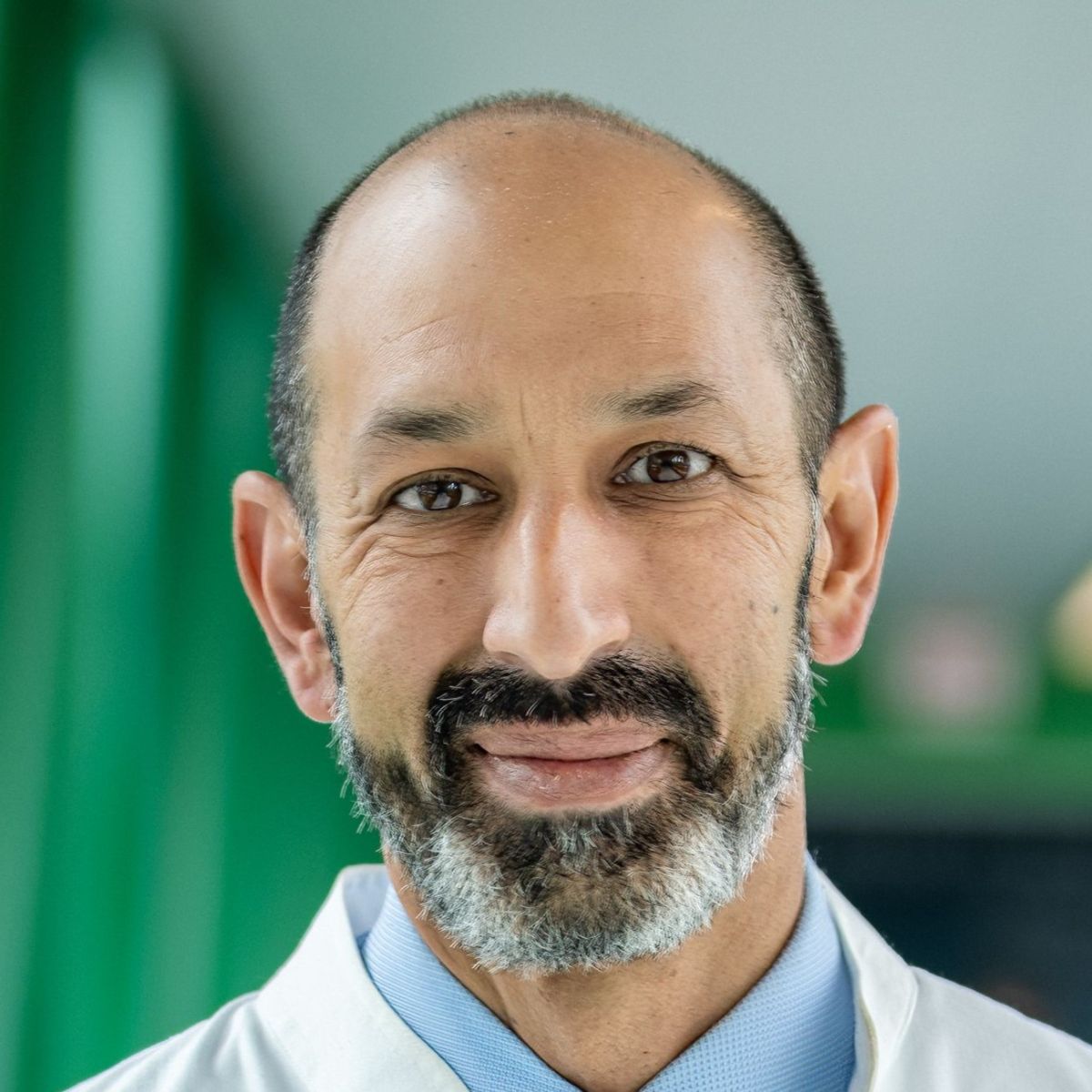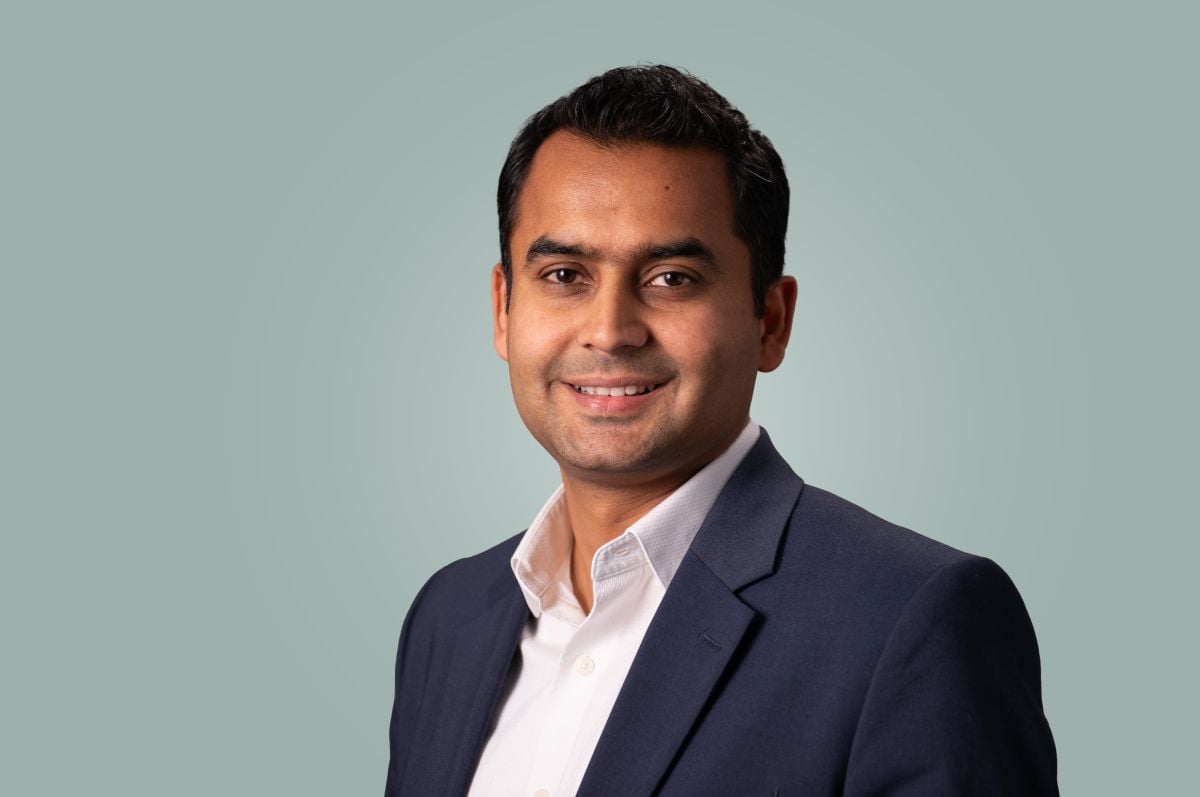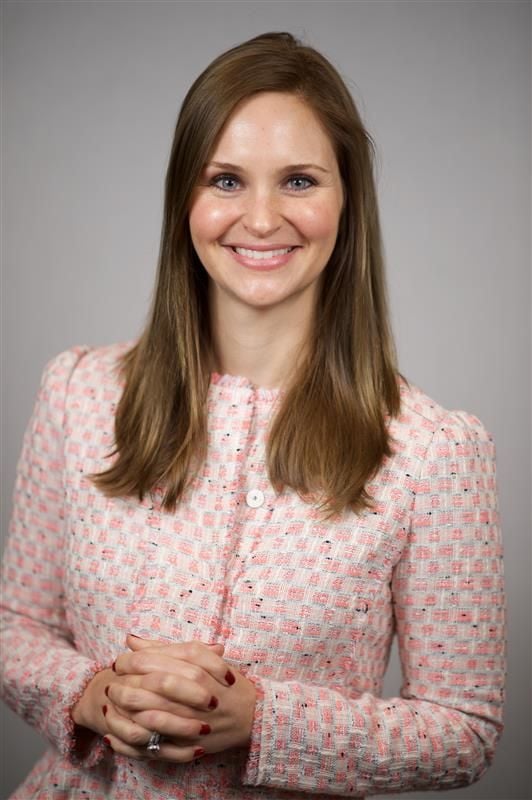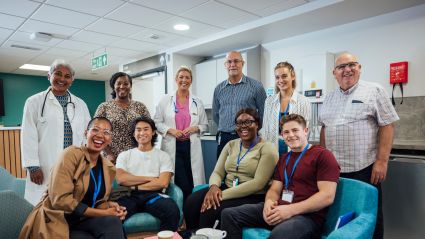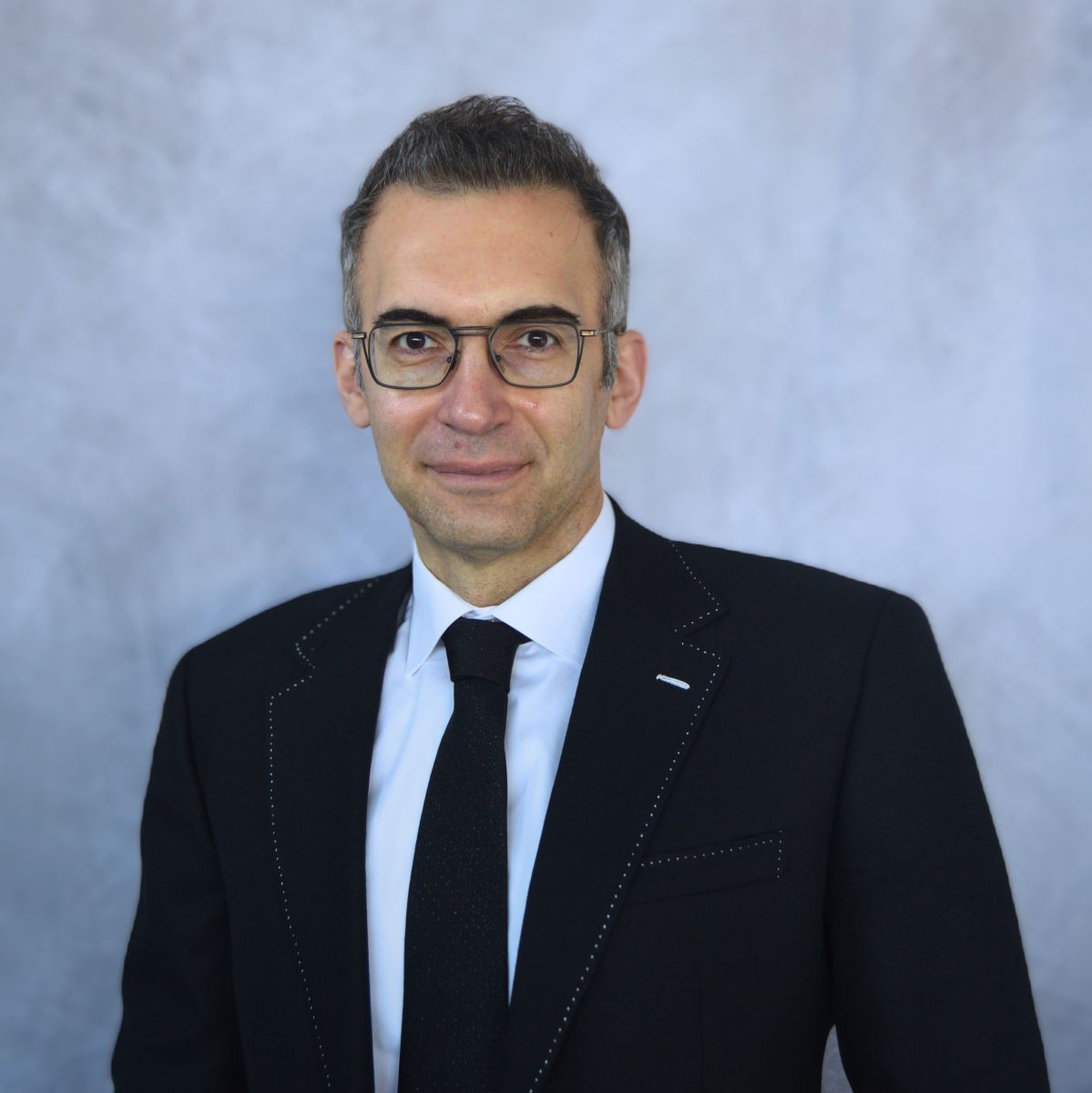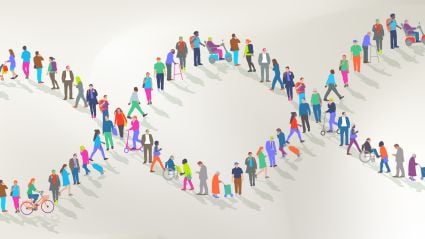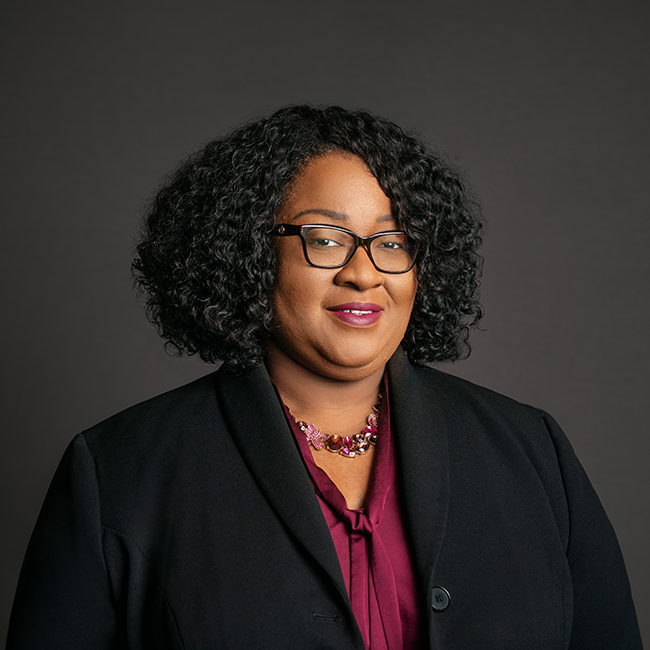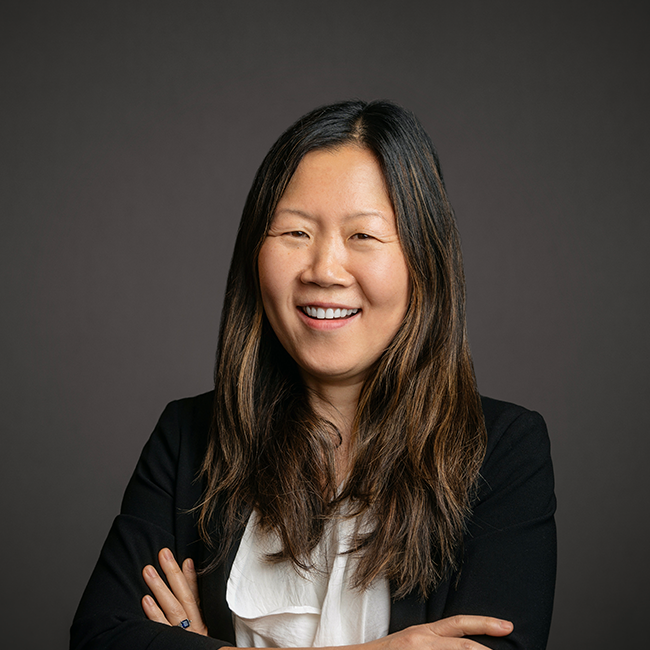
Improving the life expectancy gap in the United States is only possible through innovation and partnerships. In Chicago, that life expectancy gap is 20 years, meaning in the wealthiest neighborhoods, people on average live to about 87 years old, compared to 67 years old in neighborhoods on the West Side of the city that have faced decades of disinvestment. Such gaps can be found in most other major metropolitan areas.
Everyone should get the chance to celebrate those 20 years—with birthdays, graduations, weddings with their families and friends. At Rush University System for Health, we have made it part of our organizational mission to close this gap by improving the health of the neighborhoods we serve.
We cannot do this alone. As an “anchor institution,” we very intentionally channel the benefits of how we hire, purchase, invest, and partner with community organizations that inspire and work with us to create brilliant ideas to drive change. Efforts include community investments, job development, and access to healthy food that have come to life through many collaborations, including with West Side United, Equal Hope, The Sankofa Wellness Village, Fillmore Linen Service, Concordance Healthcare Solutions, and many more.
Managing common chronic diseases is a key factor in life expectancy gaps. Public health data show that high blood pressure directly leads to strokes and heart attacks, while worsening chronic conditions like diabetes and kidney disease each year kill thousands more people on Chicago’s West Side than gun violence.
Innovative partnerships make possible our unwavering belief that everyone should get the chance to be healthy.
Truly controlling high blood pressure is not simply a function of focusing on more clinic visits and better medicine, but of building understanding and awareness. And reaching patients directly and personally has been integral to encouraging everyday changes that lead to better health.
Based on data that showed that our patients from Chicago’s West Side had worse blood pressure control than average, we have been on a multiyear journey to redesign hypertension treatment and address patient social needs from clinic-based care to home-based care. What we found was that many of our patients could achieve better blood pressure control with more frequent touches from their care team. But our programs, while clinically successful, were too labor intensive to scale widely. This is where a partnership with innovative health technology developer Nuna has created a multifaceted, AI-supported, home-based remote monitoring and behavioral change approach. It’s a tool for patients, community-based clinics, and pharmacies to collaborate, provide real-time feedback, and connect patients and providers on care.
The app helps people set and track health goals, rewards healthy habits, connects the patient with their care teams, and provides alerts when patients’ clinical status changes. Nuna’s team worked with Rush staff who lead the E3 clinical trial, a randomized trial that aims to improve hypertension control through a multidisciplinary team of nurses, pharmacists, social workers, and physicians who consider the social and economic challenges everyday Americans face.
For example, a young man named Daniel with extremely high blood pressure and other health challenges began using the Nuna app after a Rush social worker suggested it. A few weeks of thoughtful, positive reminders from what the patient called “his new friend, Nuna” coaxed him into daily walks and giving up salt.
Daniel is part of a pilot study of more than 300 Medicaid patients with uncontrolled hypertension. Eighty percent remained active users through 120 days, and 65 percent were able to lower their blood pressure to a healthy, controlled level.
Nuna has helped us make personal connections with patients and show how positive reinforcement of good habits to manage chronic conditions can lead to longer lives. Among the greatest opportunities for a partnership like this is its scalability—suggesting tone and approach in how information is shared might matter more than the information itself—agnostic to socioeconomic status.
What does the future hold? We see partnerships such as these to serve as a national and global model of how academic medical centers can lead the future of health through partnership and inform how society can collaborate to tackle big problems, such as life expectancy gaps. By highlighting the deficits that extend beyond our doors, we can chip away and make possible our unwavering belief that everyone should get the chance to be healthy.
